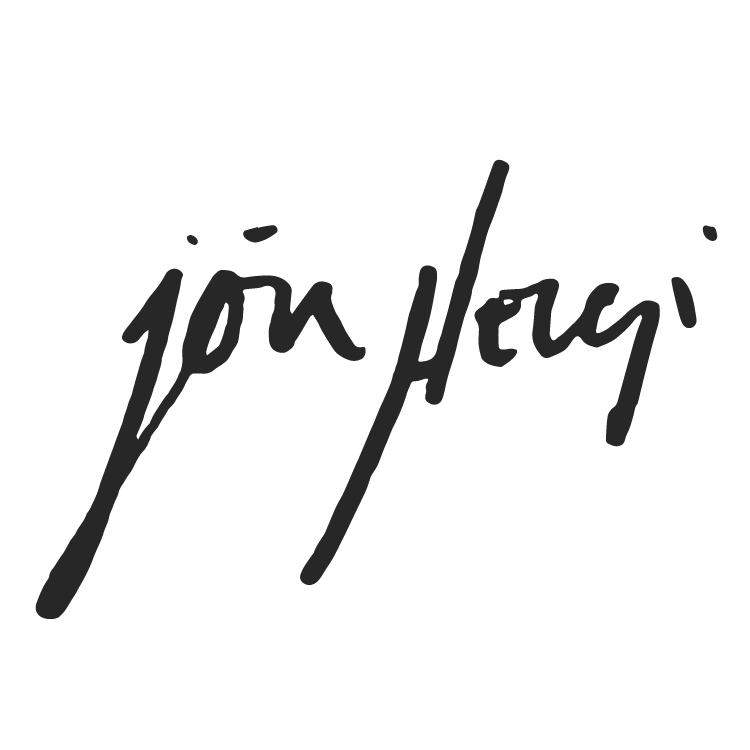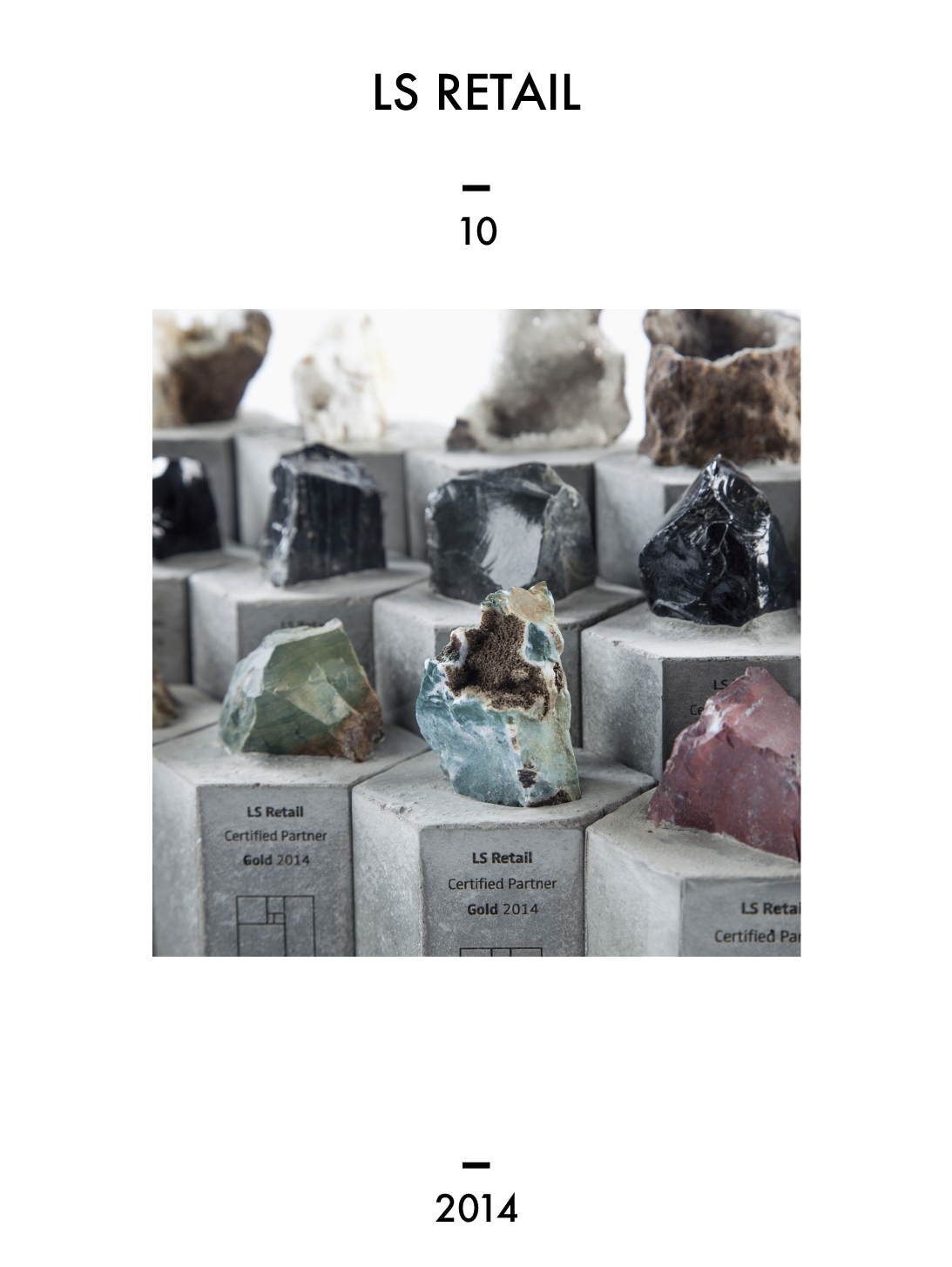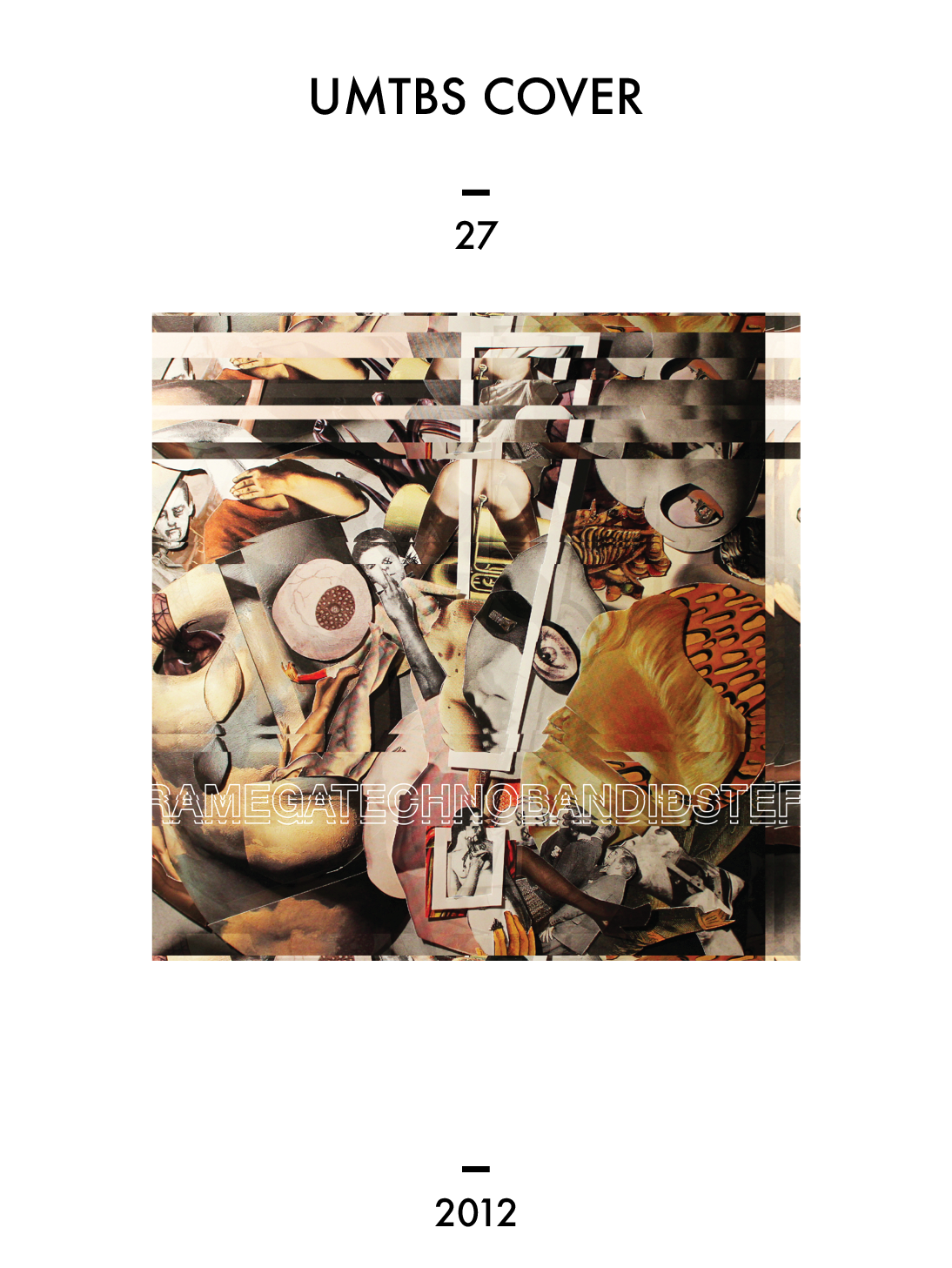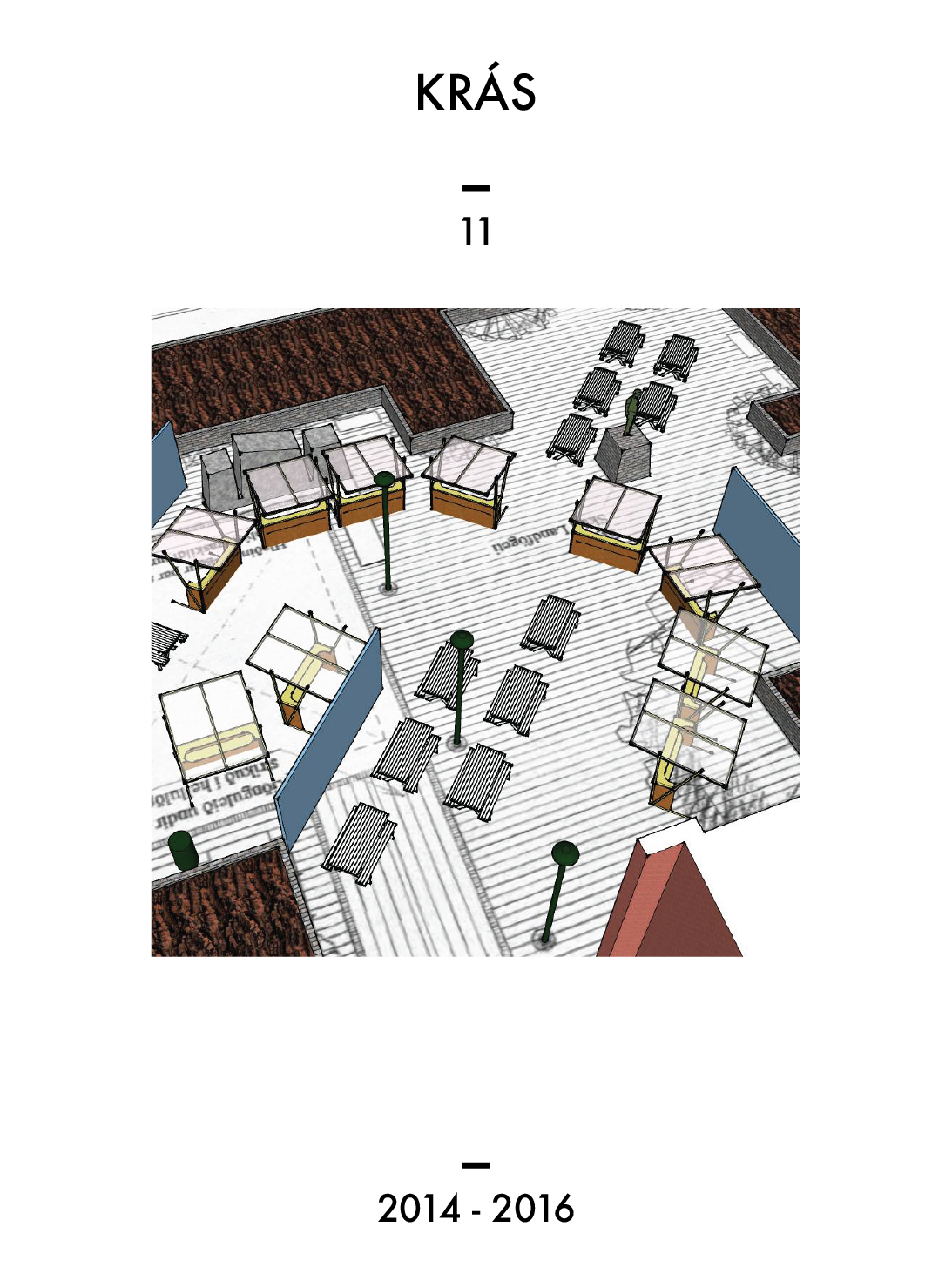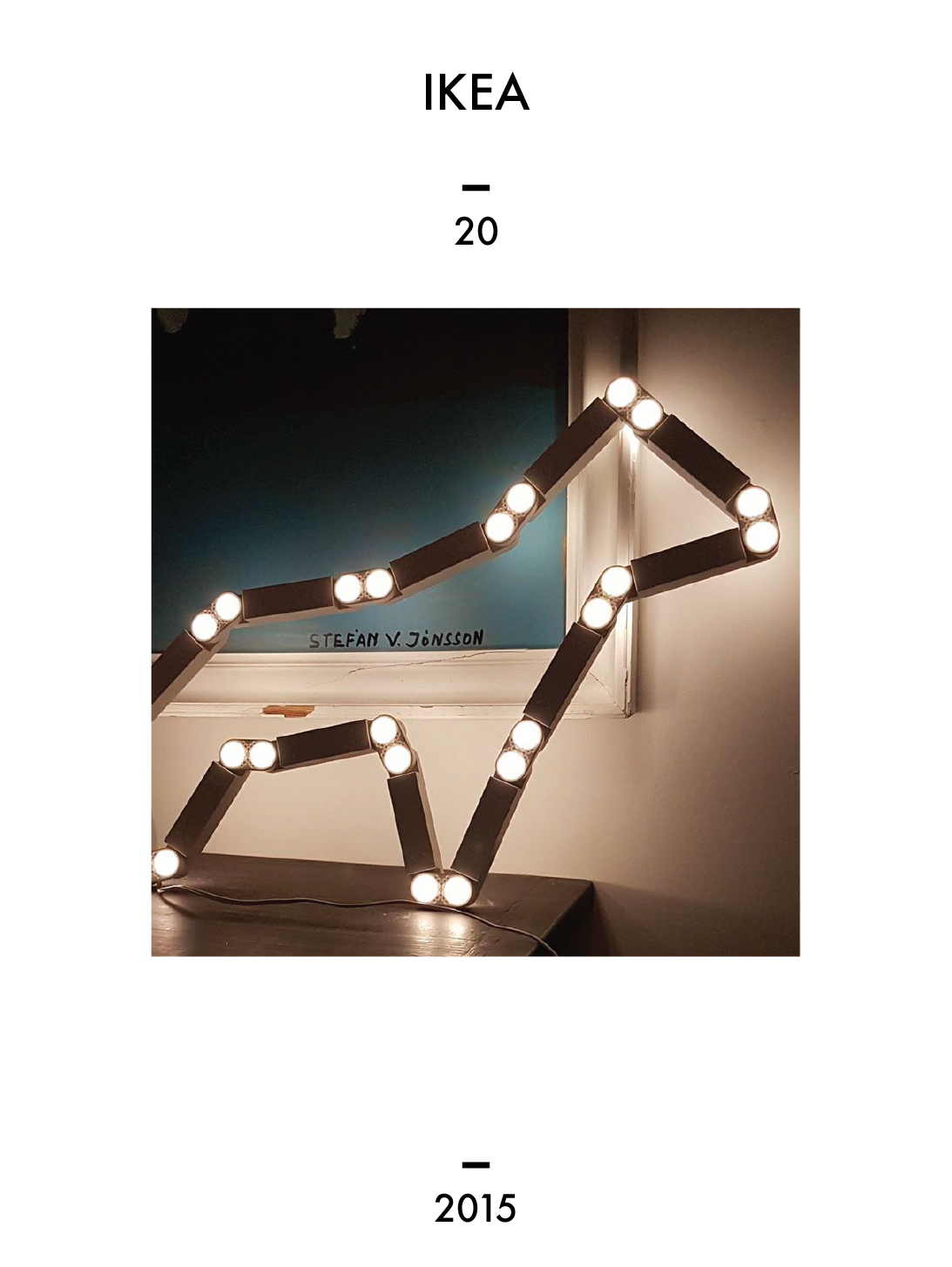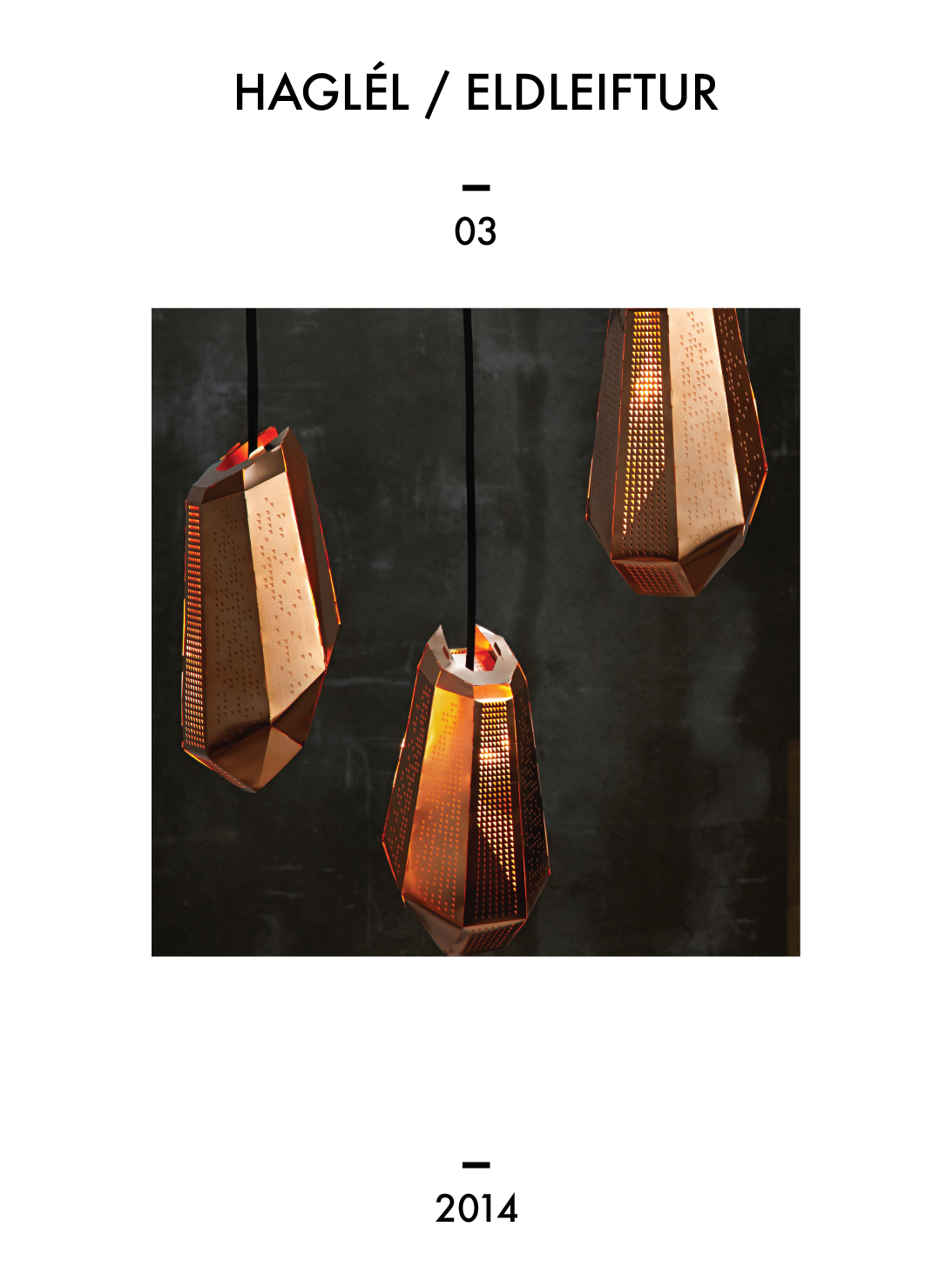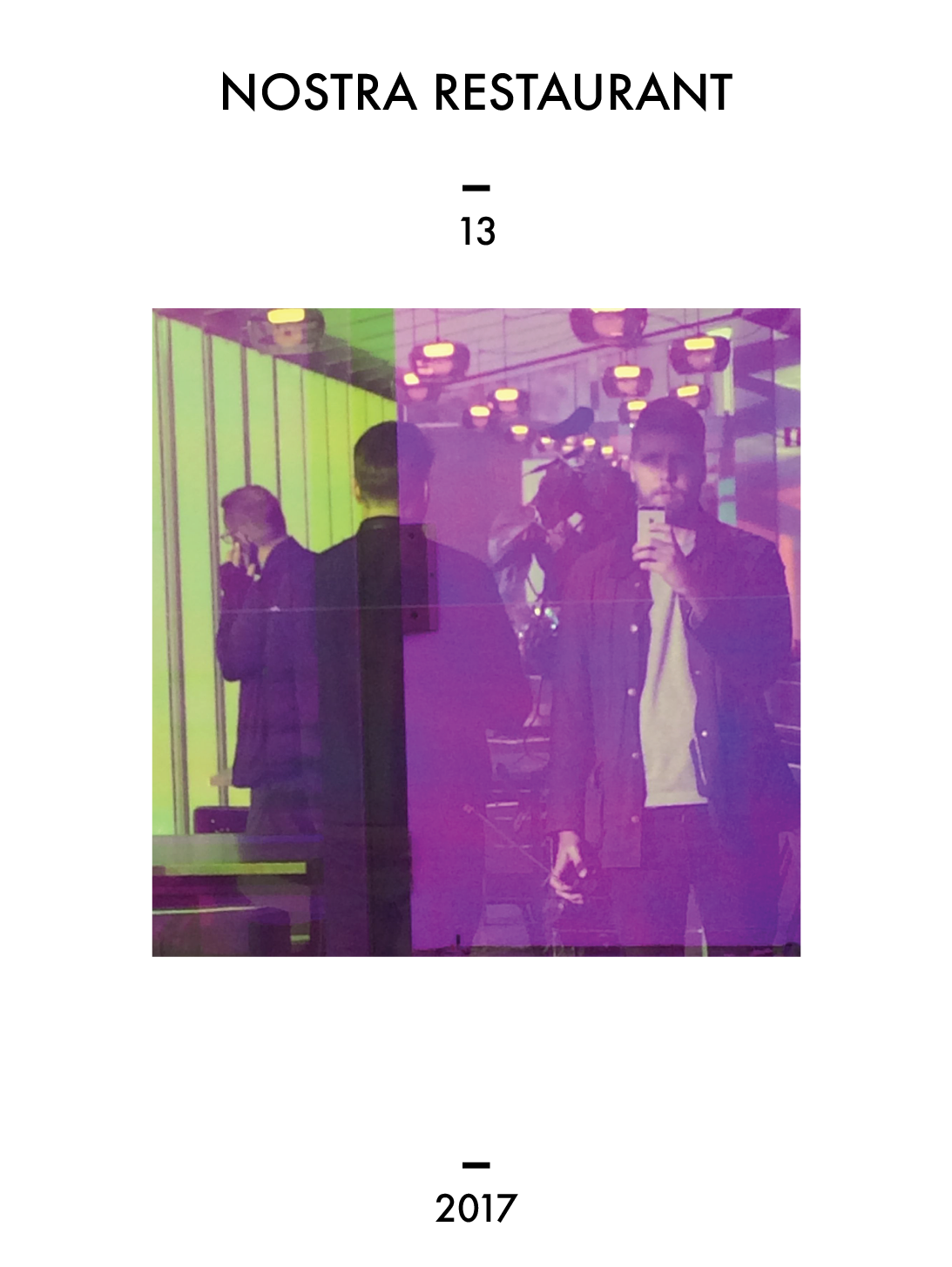
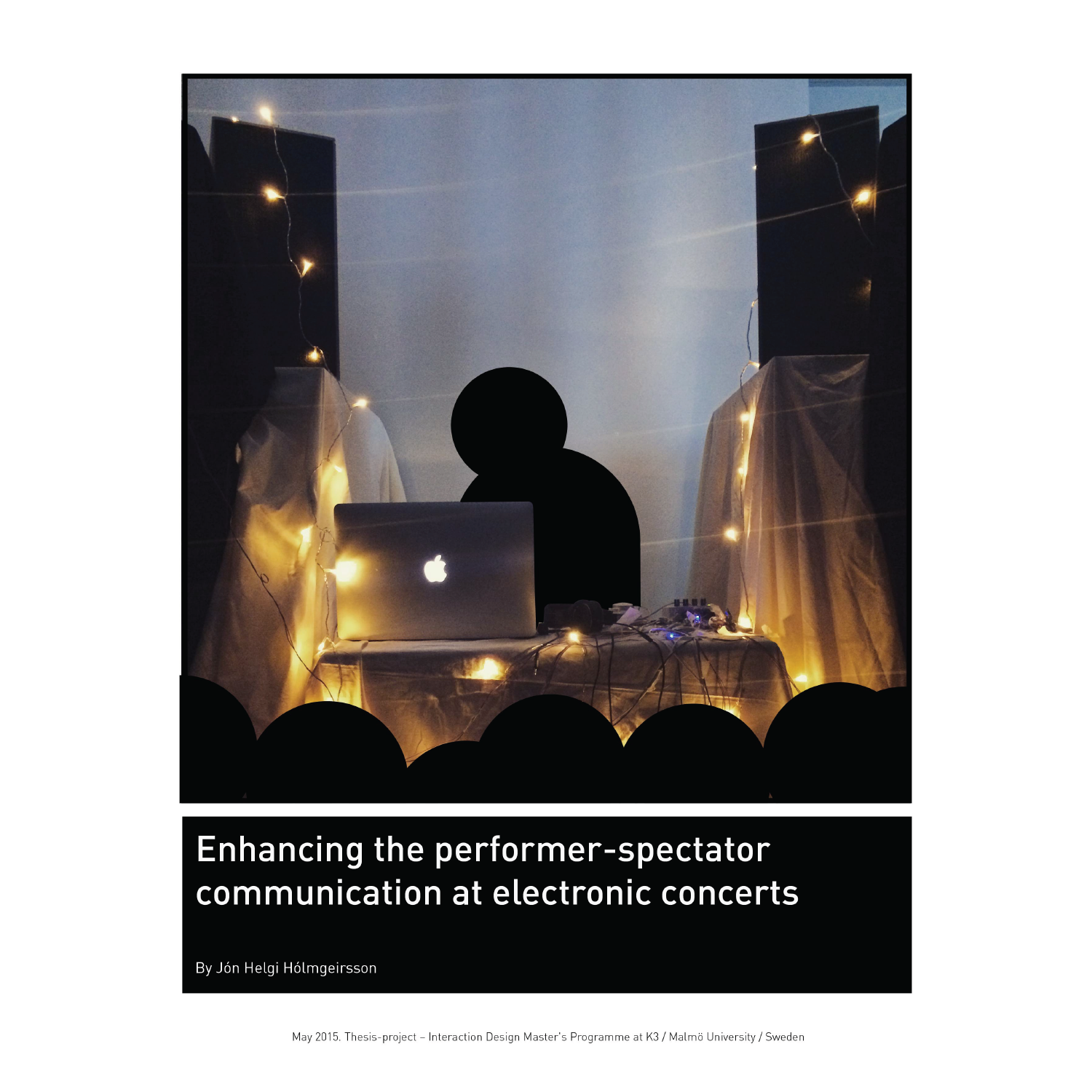



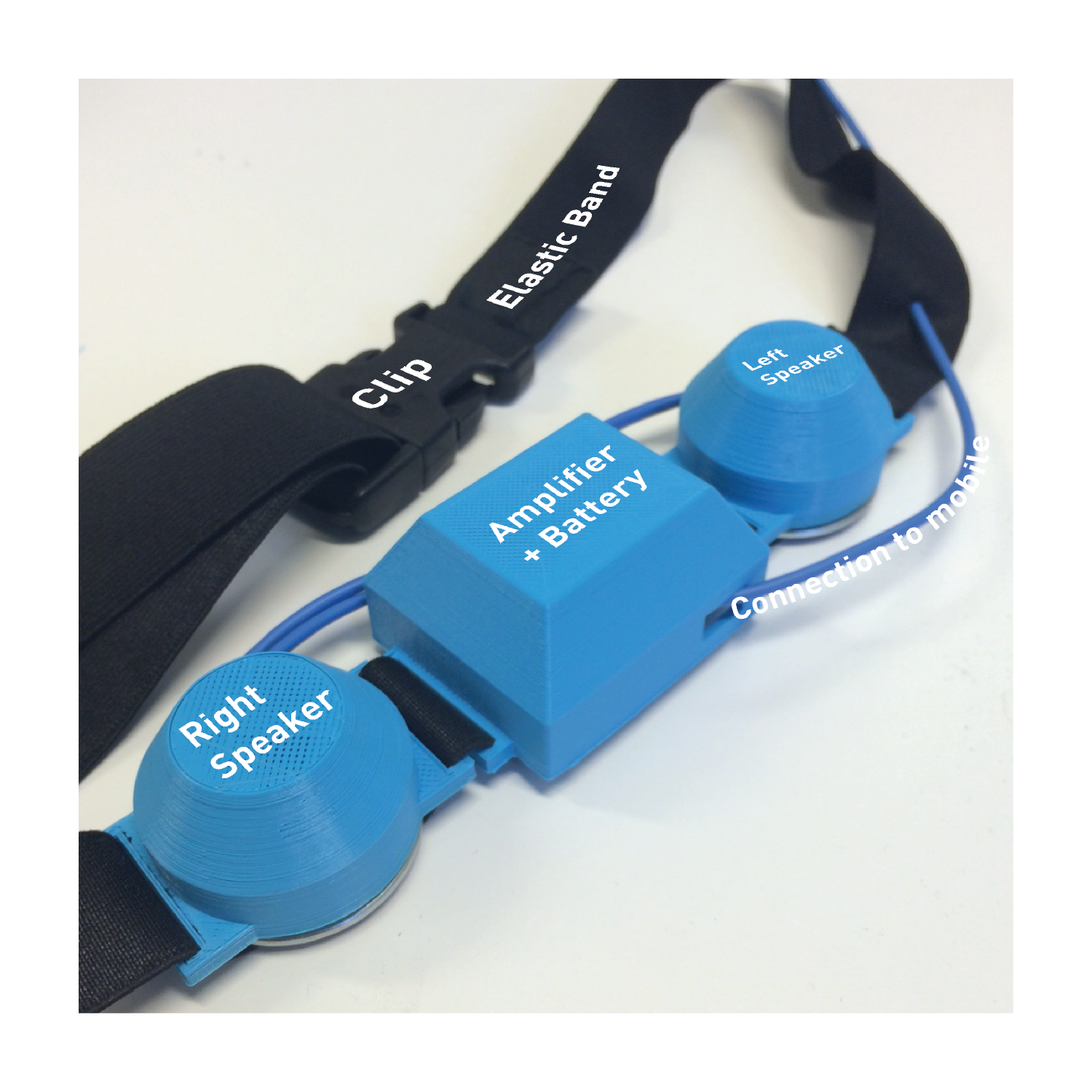
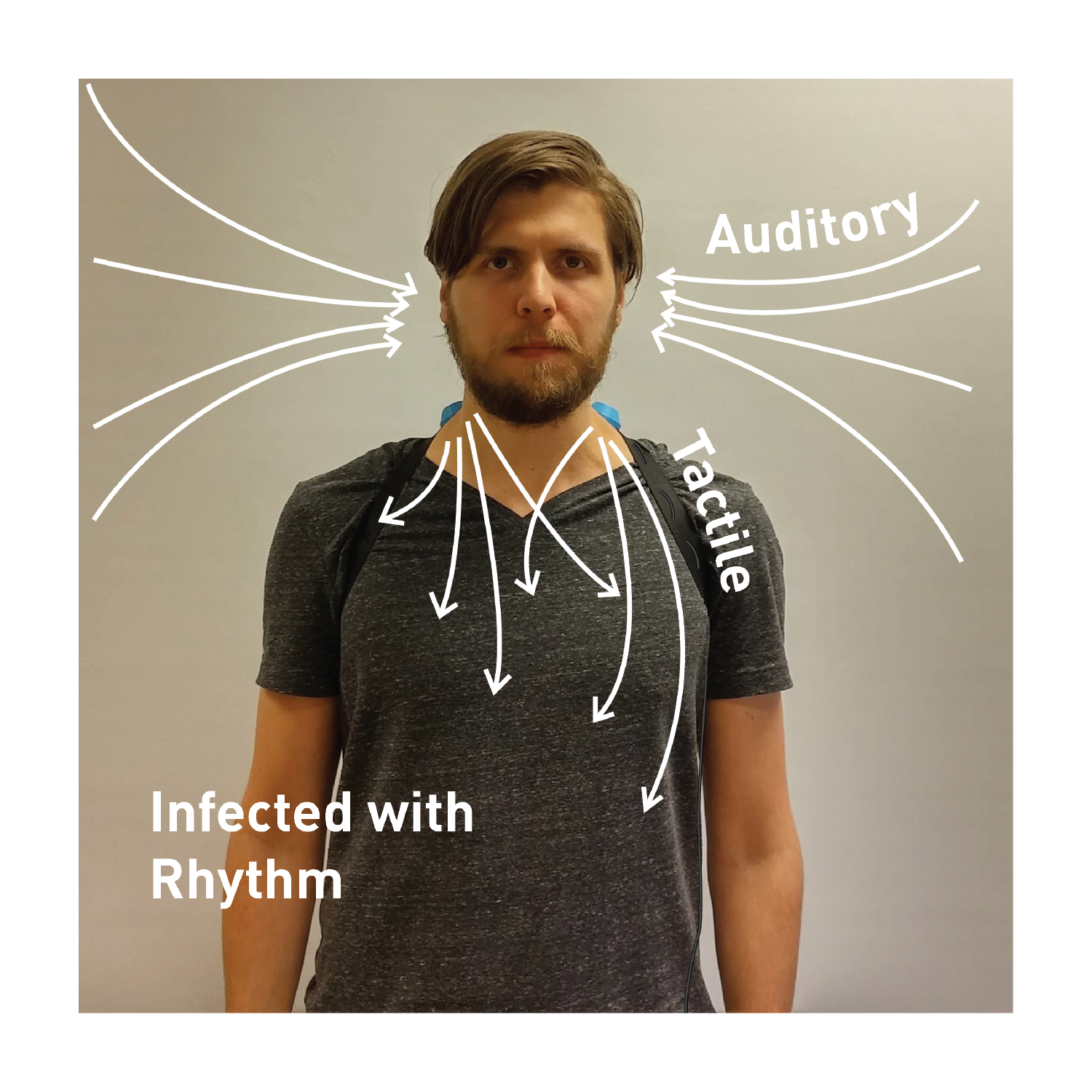



In 2015 I graduated with a masters degree in Interaction Design from Malmö University in Sweden. My final project and thesis evolved around the interaction between electronic musicians on stage and the audience. I was looking to enhance the communication between these two groups.
I approached the project from the perspective that satisfying both your auditory and visual senses is the goal when going to concerts. You need both to get the whole experience. Furthermore it is the goal of the musician to create conditions so this may happen - as the audience’s perception is an integral part of the ‘outcome’ of concerts. It’s a feedback loop.
The ‘cliché’-idea of an electronic musician, is that he hunches over a laptop on stage - while turning some knobs or sliding sliders. Therefore the audience’s visual perception of the musician’s performance is limited to an almost expressionless upper body. Due to this, the electronic musician often relies on projected visuals to fulfil the audience’s visual sense - which can be seen as limiting. A musician that plays a more “traditional” instrument can satisfy the audience’s visual sense by showing his/her skills on the instrument and by engaging with the audience in all sorts of ways. I felt like the human connection, which is an integral part of traditional concert experiences, was a bit lost through the visuals.
Now I could have gone in the direction of “releasing” the electronic musician from his computer - I thought the main problem was that he was stuck behind it and couldn’t engage fully with the audience through body movement. This is a direction I researched to some extent - but - instead I decided to see if I could further augment the electronic concerts by using other means, while allowing the electronic musician to stay where he felt comfortable. To think of it from the perspective of ‘what do electronic concerts have that traditional concerts do not’ - instead of trying to make these two very different experiences the same. My conclusion was to add one more sense to the experience. The sense of sonic tactility.
It’s quite common that you can feel the heavy bass when you go to concerts (especially if they’re electronic) - sometimes it’s awesome - sometimes its simply uncomfortable. I decided to use this already intertwined part of electronic concert experiences but make it so that the musician could control it. Control the tactile beats the audience could feel in their bodies.
So the idea of Sonicality.stereo was born. A wearable you - as a member of the audience - would receive when entering electronic concerts and strap around your shoulders. This device, which was connected to the musician’s system, would then, by using haptic motors or speakers, send vibrations to your body - rhythms in different frequencies. All controlled and designed by the musician to create the most wholesome experience for the audience. You’d hear the music, see it and ‘feel’ it on your body. You’d be infected with rhythm. The main engagement of the musician to the audience would therefore be through physical sensations. I even imagined that this could affect how you’d write EDM songs, as you’d be thinking of, not only how it would sound, but also how it would literally ‘affect’ the audience.
My Master defence was quite fun when I strapped my prototypes around the shoulders of my examiners so they could experience how music could physically feel.
Only days after I finished my studies and had flown back to Iceland for a summer vacation, Olafur, CEO of Genki Instruments sent me a message: He and a few engineers had this idea of creating new types of electronic instruments and they needed a designer to advice them. The research from this project helped me tremendously in those first months of Genki - and the rest is history.
